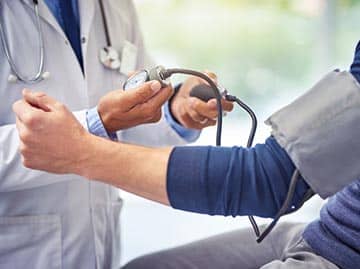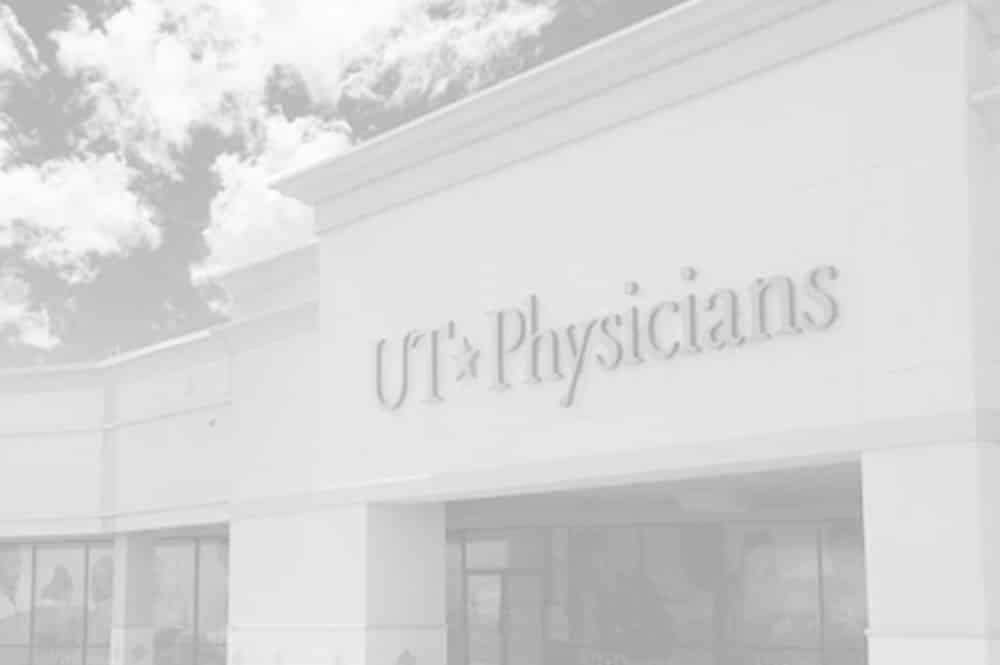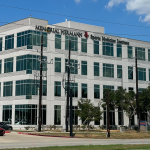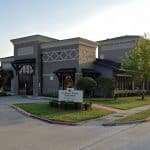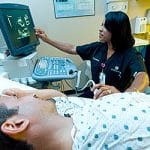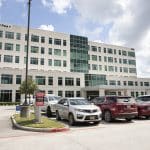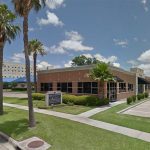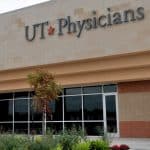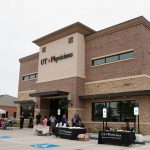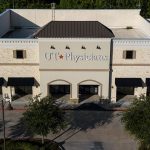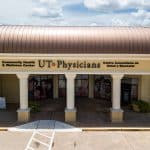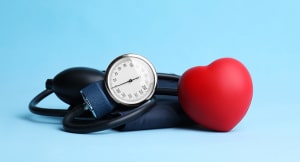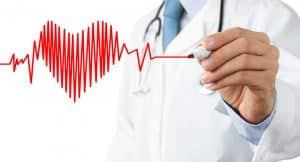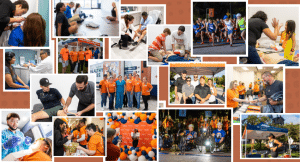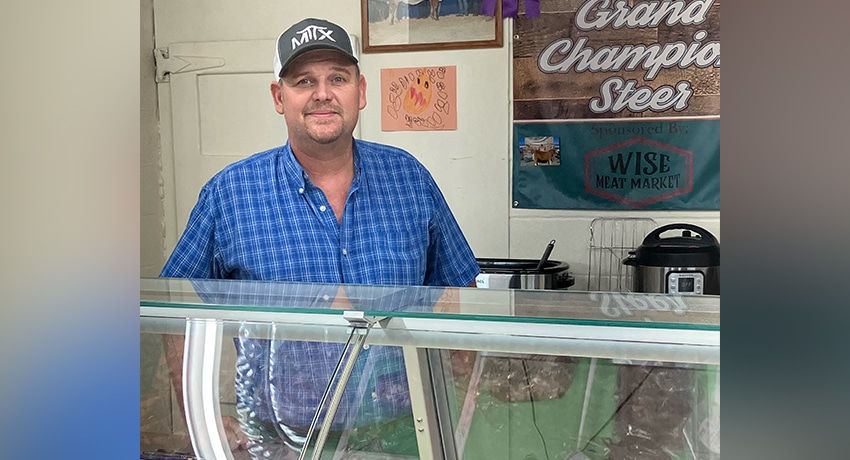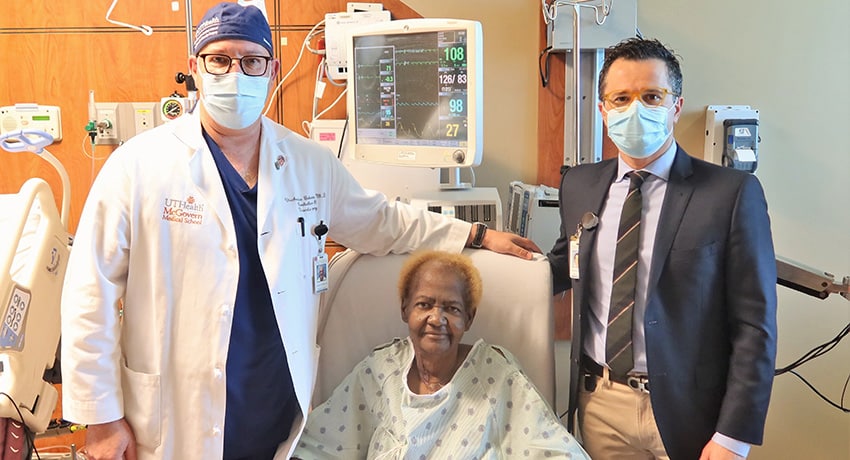Patients travel from all over Houston, the United States and the world to see our cardiologists and cardiovascular surgeons. This is due to our world-class cardiologists and cardiovascular surgeons, our state-of-the-art diagnostics and treatments and new leading-edge research combining to provide each patient with the best cardiovascular care.
For each patient this includes the most comprehensive list of advanced cardiovascular diagnostic and imaging modalities available in the United States. We have world’s experts available to interpret these studies, so that your results are best interpreted to optimize your cardiovascular health and well being.
We offer the following imaging and diagnostic technologies:
- Electrocardiogram (EKG): An electrocardiogram measures the electrical activity generated by the heart.
- Echocardiogram: An echocardiogram uses ultrasound, or sound waves, to create detailed images of the heart muscle, and valves. These images can also measure the heart’s blood flow and function.
- Stress Echocardiography: A stress echocardiogram uses ultrasound to see how the heart works under exercise conditions.
- Nuclear Stress Testing and Nuclear Imaging: A nuclear stress test uses an injected radioactive material to look at the blood flow through the heart during exercise conditions.
- Positron Emission Tomography (PET): At the Weatherhead PET Center, we provide advanced cardiac PET and cardiac PET-CT. PET-CT is like a nuclear stress test, but can detect smaller changes in blood flow and changes to heart muscle cell function.
- Heart Rhythms Monitors: These monitors, called Holter or event recorders, are small iPod-size devices connected to leads that are placed on the chest to record heart rhythms.
- Optimization of Pacemakers and Defibrillators (ICD): We can optimize any pacemaker or defibrillator using our non-invasive programming devices. We now also offer “pacemaker tune ups” using ultrasound, so that the pacemaker makes the heart pump more efficiently.
- Vascular Ultrasound: Vascular ultrasound uses sound waves to create detailed images of the carotid arteries, renal arteries and limb arteries.
- Vascular screening: UT Cardiovascular Medicine has a range of vascular screening modalities including carotid artery screening, peripheral artery screening, abdominal aortic aneurysm screening and early coronary artery disease imaging.
- Non-Invasive Vascular Testing: This test measures changes in blood pressure at different levels in the arms and legs to non-invasively detect blockages.
- Cardiovascular Magnetic Resonance Imaging (CMR): This test uses magnetic fields (without radiation) to create detailed images of the heart and vascular system.
- Cardiovascular Computer Tomography (CT 64 slice): This test takes and puts together multiple x-rays using computers to create detailed images of the heart and vascular system.
- Laboratory Tests: The full range of laboratory tests are available at UT Physicians Cardiovascular Medicine.

